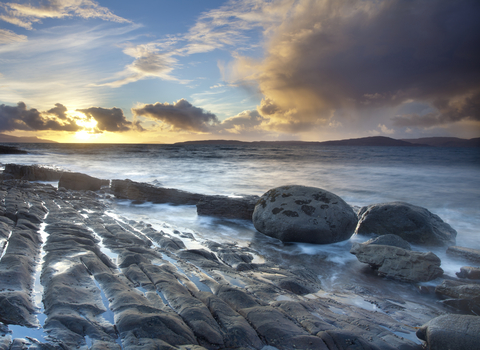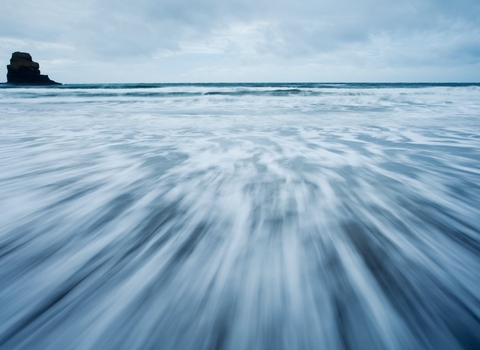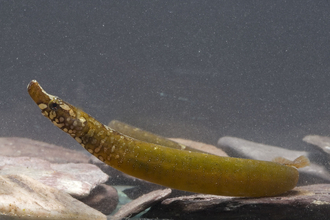Chiton (Acanthochitona crinita) ©Nigel Phillips
Chiton (Lepidochitona cinerea) ©Dorset Wildlife Trust
Chitons
Found on rocky shores around the UK, Chitons are a kind of mollusc identifiable by their characteristic coat-of-mail shells.
Scientific name
First photo is Acanthochitona crinite, second photo is Lepidochitona cinereaWhen to see
January to DecemberSpecies information
Category
Statistics
Length: Up to 4cmConservation status
Common



